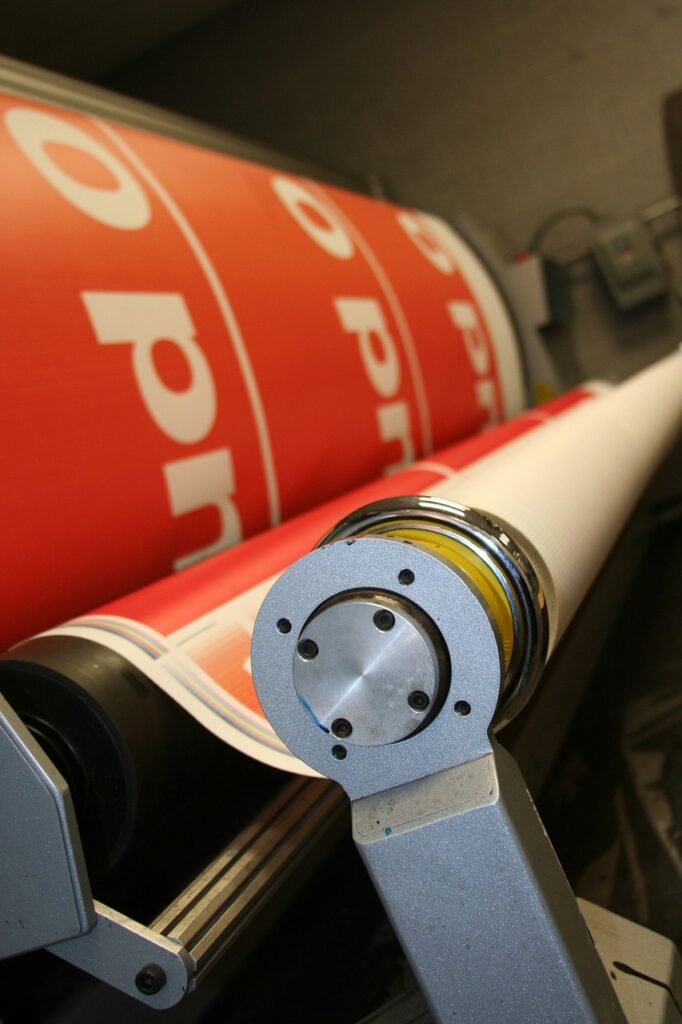Retail signage plays a pivotal role in attracting customers, promoting products, and enhancing the shopping experience. However, to ensure that your signage investments are yielding the desired results, it’s essential to measure their effectiveness. This article provides a comprehensive guide on how to evaluate the impact of your retail signage to optimize your strategies and maximize return on investment.
Understanding the Importance of Measuring Signage Effectiveness
Why Measurement Matters
Measuring the effectiveness of your retail signage helps you understand its impact on customer behavior and sales. It provides valuable insights into which signage elements are performing well and which areas need improvement. By analyzing this data, you can make informed decisions to enhance your signage strategy, improve customer engagement, and boost sales.
Key Metrics for Evaluating Retail Signage
1. Sales Performance
One of the most direct ways to measure signage effectiveness is to track changes in sales performance. Analyze sales data before and after installing new signage to determine if there is a noticeable increase in revenue. Compare sales figures of promoted products or sections with those without signage to gauge the impact of your graphics.
2. Customer Traffic and Engagement
Assess how signage affects customer traffic and engagement. Use foot traffic counters or conduct in-store surveys to measure changes in customer flow. Additionally, observe how customers interact with signage—do they spend more time in certain areas? Are they drawn to specific promotions?
3. Conversion Rates
Conversion rates indicate the percentage of customers who take a desired action, such as making a purchase, after being exposed to signage. Track how signage influences these rates by comparing conversion metrics before and after implementing new signage. This can help identify which types of signage are most effective at encouraging purchases.
4. Brand Recognition
Evaluate how well your signage contributes to brand recognition. Conduct customer surveys or use social media analytics to assess how well customers recall your brand and its messaging. Effective signage should reinforce brand identity and increase brand recall among shoppers.
5. Customer Feedback
Collect feedback from customers about your signage. Use in-store surveys, comment cards, or digital feedback tools to gather opinions on the clarity, attractiveness, and relevance of your signage. Customer feedback provides direct insights into how well your signage is resonating with your audience.
Methods for Tracking and Analyzing Signage Effectiveness
1. Utilize Analytics Tools
Leverage analytics tools to track and measure various metrics related to signage effectiveness. Digital signage solutions often come with built-in analytics that provide data on viewer engagement, dwell time, and interaction rates. Use these insights to refine your signage strategy.
2. Conduct A/B Testing
A/B testing involves comparing two versions of signage to determine which performs better. Test different designs, messages, or placements to see which version drives higher engagement or sales. This approach helps identify the most effective signage elements.
3. Monitor Social Media and Online Reviews
Monitor social media channels and online reviews for mentions of your signage. Positive or negative comments can provide additional context on how your signage is perceived by customers. Social media analytics can also reveal how signage-related posts perform and their impact on brand perception.
4. Measure Foot Traffic with Heat Maps
Heat maps can visually represent customer movement patterns within your store. By analyzing heat maps, you can determine which signage attracts the most attention and which areas are less visited. This data helps optimize signage placement for maximum impact.
Optimizing Your Signage Strategy Based on Insights
1. Adjust Signage Design
Use the insights gathered from your measurements to refine your signage design. If certain elements are not performing as expected, consider redesigning them to better align with customer preferences and behaviors. Focus on improving clarity, visibility, and overall aesthetics.
2. Update Signage Placement
Based on traffic patterns and engagement data, adjust the placement of your signage to enhance visibility and effectiveness. Ensure that high-impact areas are utilized to maximize the reach of promotional and directional signs.
3. Continuously Review and Improve
Signage effectiveness should be continually reviewed and improved. Regularly assess your signage strategy using the metrics mentioned and make iterative changes to ensure that your signage remains relevant and effective.
Partner with RetailGraphics for Expert Signage Solutions
Measuring and optimizing the effectiveness of your retail signage requires expertise and strategic insight. RetailGraphics specializes in creating and evaluating signage solutions tailored to your business needs. Our team ensures that your signage not only looks great but also performs effectively, driving customer engagement and sales.
Contact us today at +49 2173 26 50 444 to learn how RetailGraphics can help you measure and enhance the effectiveness of your retail signage.
Choose RetailGraphics – The Retail Signage Company for expert guidance and innovative solutions that drive results.

